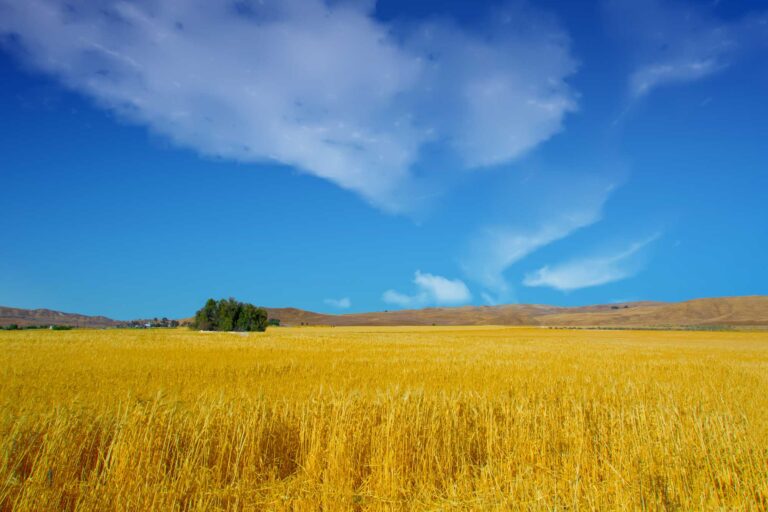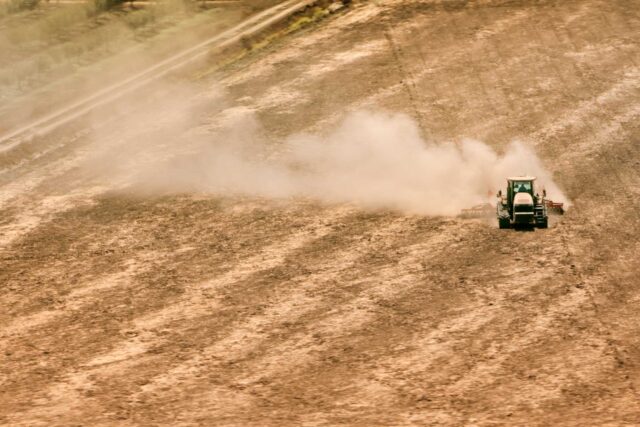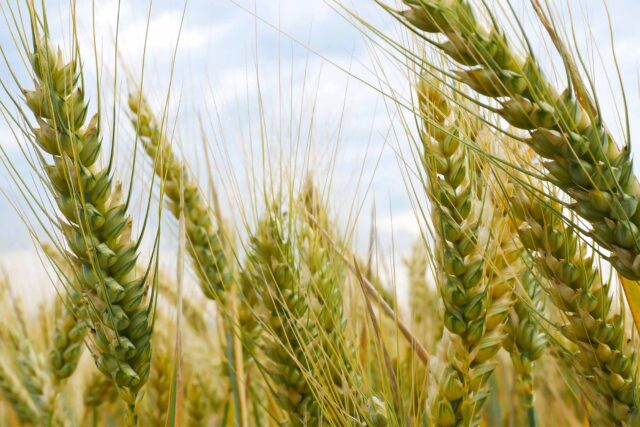This commentary was published by CalMatters on August 9, 2022.
The San Joaquin Valley is California’s largest agricultural region, but it’s facing an uncertain future. A combination of persistent drought and the rollout of California’s Sustainable Groundwater Management Act will increase regional water scarcity in the coming decades. Water scarcity will have a major effect on land use: At least half a million acres are projected to come out of irrigated production in the San Joaquin Valley by 2040.
This raises a thorny question: What happens to all this newly fallowed land?
With careful planning, research and development, and incentive programs, San Joaquin Valley residents can avoid the worst consequences of land fallowing — and perhaps even improve some environmental and economic conditions.
Without careful planning, a host of negative outcomes could result.
Haphazard fallowing could lead to increased dust, weeds, pests and soil degradation. The San Joaquin Valley already suffers from some of the worst air quality in the nation, and the valley’s dust is not innocuous: Apart from negative health risks posed by coarse and fine particulates — such as asthma and cardiovascular harm — the dust carries a fungus that causes Valley fever, a dangerous infection that’s been increasing in recent years. Rural communities may be especially at risk. And this is to say nothing of the other costs associated with fallowing, as once-reliable jobs disappear along with the irrigation.
Valley residents can craft something better if they collectively work to ease the transition to a drier San Joaquin Valley. It will take concerted effort, but new research points a way forward.
As part of a larger project exploring farmland transitions in the valley, we conducted research on air quality and water-limited cropping. We took a close look at how to safely fallow land in a way that protects valley residents — and we’ve identified some best practices, as well as areas for further study.
First, we found that there may be value in exploring an underresearched alternative to fallowing: water-limited cropping. Agricultural operations and wind erosion are two of the largest sources of dust in the valley, and maintaining vegetative cover is one of the simplest and most cost-effective ways to rein in dust emissions from idled landscapes.
“Dryland” crops, which rely solely on winter rainfall and soil moisture, were once common in the valley. We found, however, that a return to true dryland cropping is unlikely to be successful in the current environment: Highly variable rainfall and low water availability make production very risky in all but the wettest corners of the valley, and profit potential is low.
We also found that adding very small amounts of irrigation — 4 to 8 inches on average per year — can make a huge difference in establishing grain crops. Once established, these “water-limited” crops can provide multiple benefits, tamping down dust, improving soil quality, creating surrogate wildlife habitat, and keeping agricultural land productive.
While much more research is needed on the long-term sustainability of these cropping systems, our preliminary work suggests that water-limited crops could be profitable under some scenarios — and a beneficial land use alternative to fallowing.
In areas where water-limited cropping may not be possible, it’s important to take another tack. First, we must identify areas most at risk of increased dust emissions and employ agricultural management practices to minimize these risks. Coordinated management of these lands to establish long-term vegetative cover — or other measures to control dust — will be paramount.
Experiences elsewhere in California and the West provide insights into how best to administer, monitor and structure dedicated dust-control projects on transitioning and fallowed lands. Sustained, reliable funding is key. Local funding through groundwater sustainability agencies, state funding through the regional air district, and federal funding through existing conservation and environmental incentive programs are promising ways to sustain proactive dust management and land management alternatives, such as water-limited cropping.





